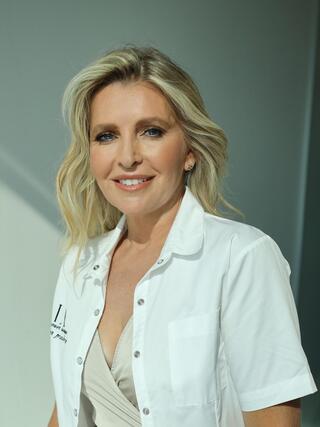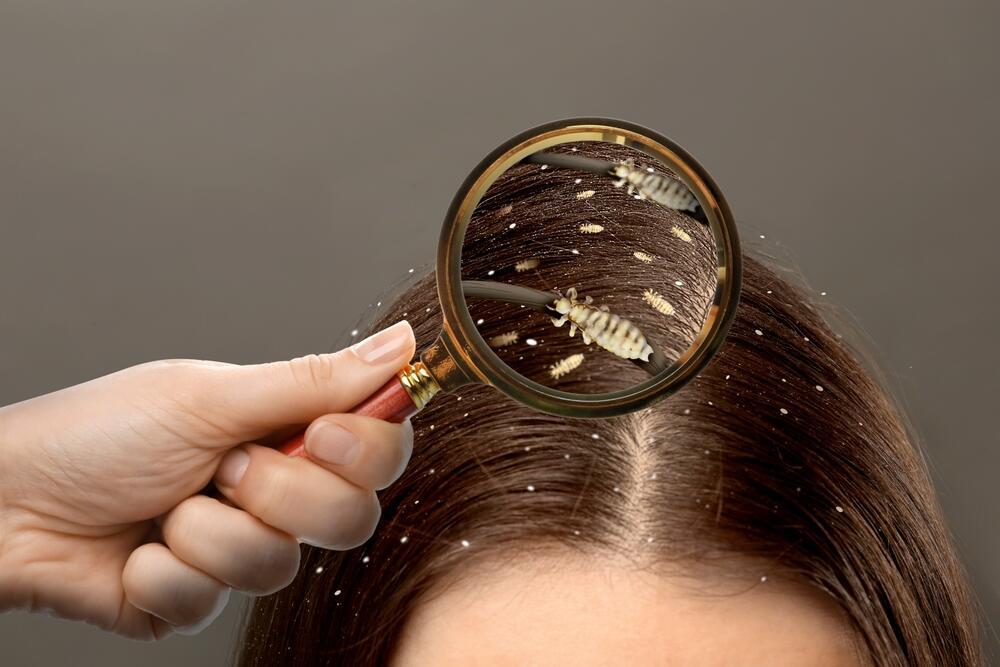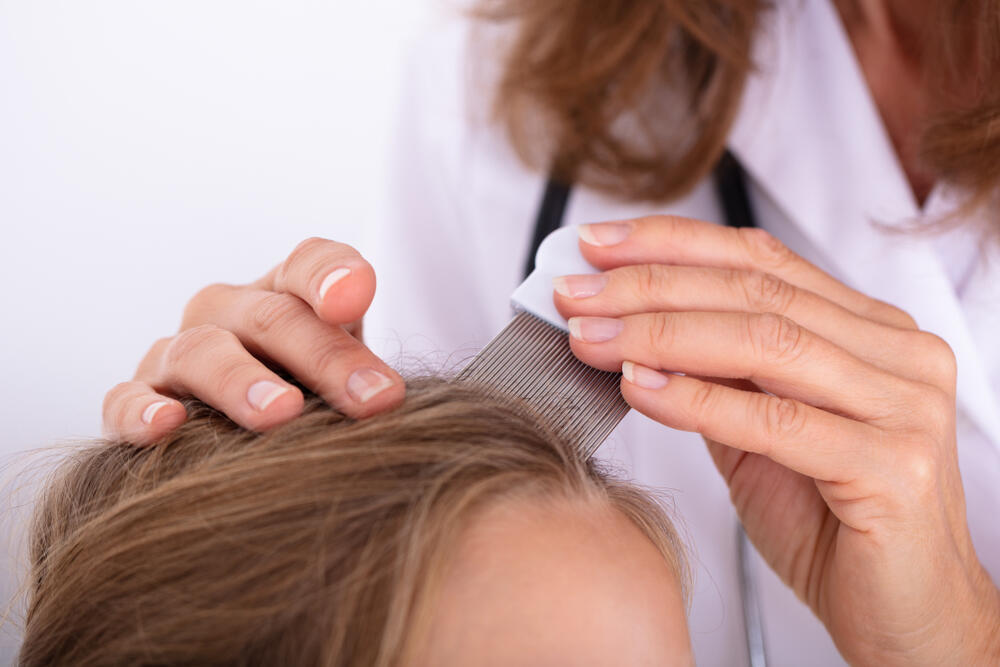Lice, one of the plagues still with us since the days of the story of Exodus. Contrary to popular belief, lice do not fly, jump or swim. They simply crawl from place to place. These tiny parasites feed on the blood of their human hosts and cannot survive without them. This is why lice transmission occurs through direct head-to-head contact when one head is infested.
Are lice found only on dirty heads?
Not necessarily. Lice infestation is not related to cleanliness but to specific treatment of the parasite and transmission from one person to another.
What happens to the scalp if left untreated?
Lice will not disappear on their own. As long as there is a supply of blood, lice will continue to feed and reproduce by laying new eggs. Beyond the discomfort and potential dysfunction they cause, scratching can injure the scalp, leading to sticky secretions and secondary bacterial infections. Thus, lice combined with bacterial infections can result in wounds, pain, rashes, an unhealthy appearance of the hair (knots, clumps, etc.) and an especially foul odor. In rare cases, lice can burrow under the skin and cause severe inflammation.
Why do lice keep returning even after treatment?
A single louse has a lifecycle and a fixed number of egg-laying cycles. The problem is that lice lay eggs, from which new lice hatch, creating a feedback loop that is very difficult to break, forming an endless cycle.
Are girls more susceptible to lice?
Direct contact with children increases the likelihood of infestation, especially with long hair. Therefore, it can be inferred that women and girls are at higher risk. Long hair has a greater chance of transmitting lice because hair-to-hair contact is easier (hence, it is highly recommended to tie back hair to minimize this risk). Warm and humid weather combined with wet environments like pools and beaches also increase the risk of lice transmission. Additionally, sharing personal items such as towels, razors and hairbrushes can also facilitate lice spread.
Can lice be eliminated?
First, understand that there is no quick fix. Lice lay eggs, and both the eggs and the lice can sometimes develop resistance to the chemicals in treatments. Additionally, re-infestation often occurs because not all children in the same environment are treated simultaneously. It's also important to note that being more aggressive doesn't make the treatment more effective. On the contrary, using strong substances like vinegar, bleach or kerosene, or even strong pharmacy products on an injured scalp, can cause significant secondary irritation.
Getting rid of head lice is challenging because they reproduce quickly and develop resistance to medical lice-killing treatments. Treating lice requires patience, perseverance, and, above all, repeated treatments.
 Dr. Lehavit AckermanPhoto: Alon Shafransky
Dr. Lehavit AckermanPhoto: Alon ShafranskyThere are two methods for killing lice: chemical treatments (similar to insect sprays) and physical methods (which mechanically suffocate the lice). Nowadays, new treatments based on silicone and oil are available. It is believed that head lice will not develop resistance to these treatments since their effect is physical rather than chemical. In any case, it is essential to continue using a fine-toothed comb after treatments. It is also crucial to understand that none of these methods prevent re-infestation.
Treatment can be supplemented with natural products that have been found effective in preventing re-infestation, as well as with daily shampoos containing high concentrations of rosemary oil. Since head lice do not survive long without contact with the scalp, there is no need to wash bedding or clothes that have come into contact with lice. However, if thorough disinfection is necessary, fabrics should first be aired for three days and then washed for half an hour at a temperature of 60℃ (140℉).
- The author is a dermatology specialist.




